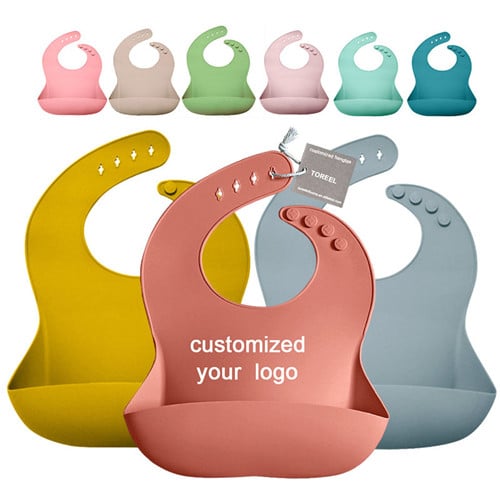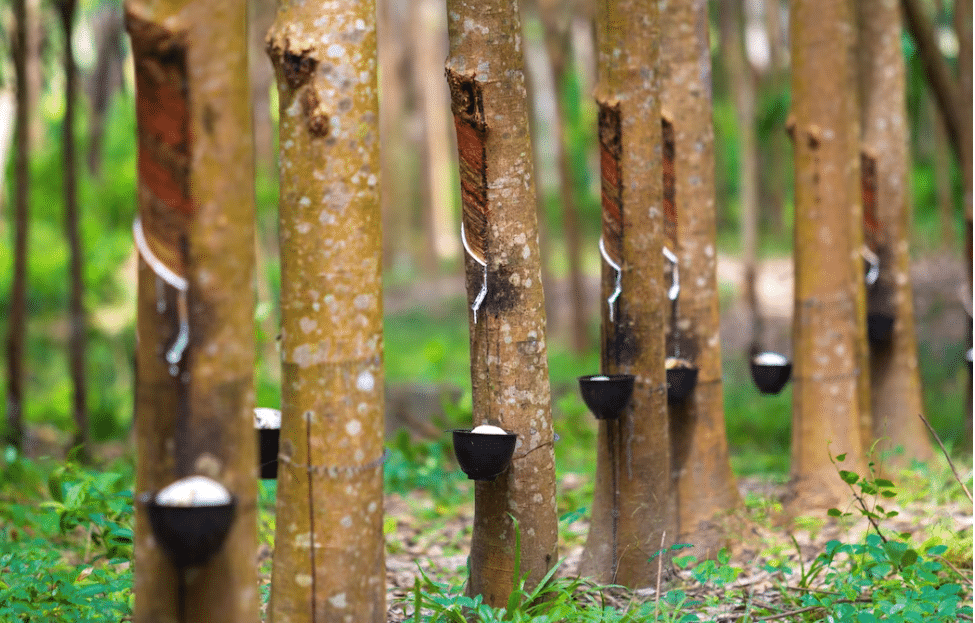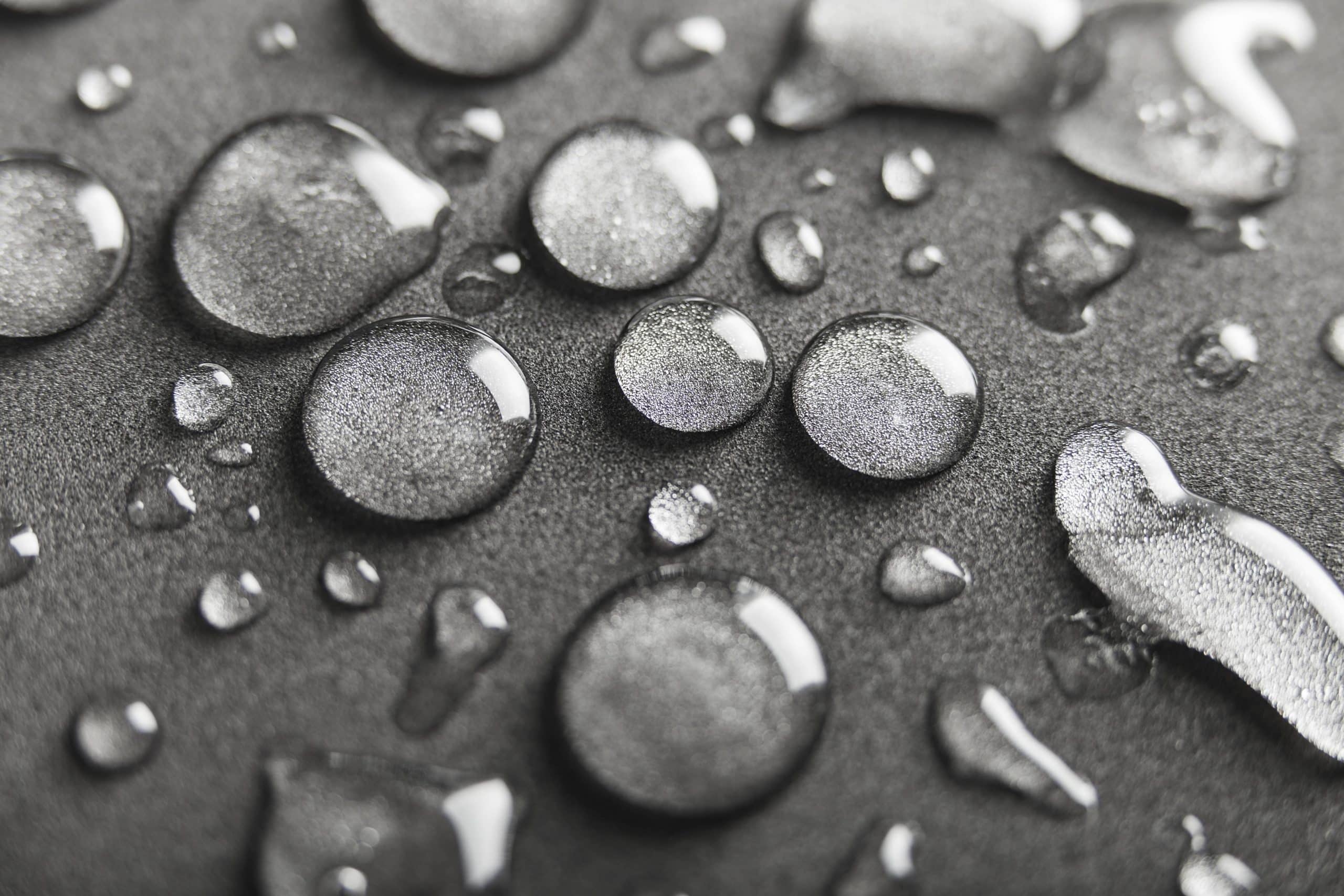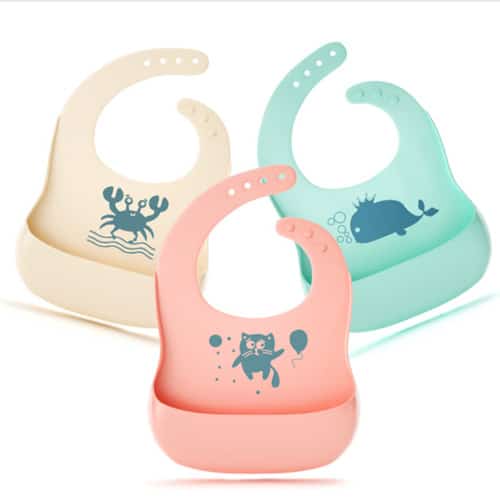What is the Best Waterproof Material for Bibs?
When it comes to selecting a bib for your baby, waterproof capabilities play a crucial role in ensuring a clean and comfortable experience. Waterproof bibs help prevent spills, messes, and drool from seeping through and staining your baby’s clothes. Several waterproof materials are available in the market, each with its own advantages and drawbacks.
This article aims to provide a comprehensive comparison of various waterproof bib materials. By understanding the properties and performance of each material, parents can make informed decisions when choosing the best waterproof bib for their little ones.
Waterproof Materials for Bibs
A multitude of waterproof materials are utilized in the production of bibs, each catering to specific needs and preferences. To better understand these materials, let’s examine their properties, advantages, and limitations:
Plastic (PVC and EVA)
Properties and advantages: Plastic bibs, typically made from PVC or EVA, are known for their waterproof capabilities and ease of cleaning. They often feature a smooth surface that can be easily wiped down, making them a practical choice for messy meals.
Limitations and concerns: Despite their waterproof qualities, plastic bibs may lack breathability and comfort when compared to other materials.
Additionally, some plastics may contain harmful substances such as BPA or phthalates. It is crucial to choose bibs that are BPA-free and phthalate-free to ensure your baby’s safety.
Waterproof lining in cloth bibs (PUL and TPU)
Properties and advantages: Some cloth bibs incorporate a waterproof lining, usually made from PUL or TPU, which provides an additional layer of protection against spills and messes. These bibs combine the softness and absorbency of cloth with the practicality of waterproof protection.
Limitations and concerns: While these bibs offer a balance between comfort and waterproofing, they may require more frequent laundering than other materials, such as silicone.
Additionally, the waterproof lining may lose its effectiveness over time due to wear and tear.
Food grade silicone
Properties and advantages: Food grade silicone bibs combine the best features of both cloth and synthetic materials, offering waterproof capabilities while remaining soft, flexible, and hypoallergenic. These bibs are easy to clean, durable, and often feature adjustable closures for a comfortable fit.
Limitations and concerns: Although silicone bibs may be slightly more expensive than their counterparts, the long-lasting durability and convenience they provide often outweigh the initial investment. Choosing high-quality food grade silicone bibs can help ensure a safe, comfortable, and effective experience for your baby.
Comparison of Waterproof Materials
When evaluating the best waterproof material for bibs, it is essential to consider factors such as safety, comfort, durability, maintenance, and environmental impact. Here is a comparison of the waterproof materials discussed earlier:
Safety and hygiene: Food grade silicone is hypoallergenic, non-toxic, and free of harmful substances, making it a safe choice for babies. Plastic bibs should be BPA-free and phthalate-free to ensure safety, while waterproof linings in cloth bibs must be made from high-quality, non-toxic materials.
Comfort and adaptability: Silicone bibs offer a soft, flexible texture that provides a comfortable fit for babies, while plastic bibs may lack breathability and comfort. Cloth bibs with waterproof linings can also offer comfort, but the waterproof layer may compromise the overall breathability of the material.
Durability and resilience: Silicone bibs are known for their long-lasting durability, while cloth bibs with waterproof linings may lose their effectiveness over time due to wear and tear. Plastic bibs can also be durable, but their quality depends on the type of plastic used.
Cleaning and maintenance: Silicone bibs are easy to clean and maintain, as they can be wiped or rinsed clean and are often dishwasher-safe. Plastic bibs also offer easy cleaning, but cloth bibs with waterproof linings require more frequent laundering and may be less convenient for busy parents.
Environmental impact: High-quality silicone bibs are made from recyclable materials, making them a more sustainable choice compared to disposable or less durable bibs. Plastic bibs may be less eco-friendly, depending on the type of plastic used and the presence of harmful substances. Cloth bibs with waterproof linings may be more sustainable than disposable options, but they may require more resources to maintain.
By comparing these factors, it becomes apparent that food grade silicone bibs offer a well-rounded solution, addressing the essential criteria of safety, comfort, durability, ease of cleaning, and eco-friendliness.
Conclusion
Silicone bibs offer a comprehensive solution for parents seeking a waterproof bib material that prioritizes safety, comfort, durability, and ease of cleaning. By understanding the unique benefits of silicone bibs and how they compare to cloth and synthetic alternatives, parents can make informed decisions when selecting the best bib for their baby. As a versatile, hypoallergenic, and eco-friendly material, food grade silicone bibs deliver outstanding performance and convenience, ensuring your baby’s comfort and protection during mealtimes and other activities.
Related Blog
-

Why are Silicone Bibs Better?
Why are Silicone Bibs Better? As a parent, choosing the right bib for your baby is essential for their comfort, safety, and cleanliness. Silicone bibs have gained popularity in recent years and are often considered a top choice for parents. But why are silicone bibs better? Let’s dive into the benefits of silicone bibs and
-

What Type of Bibs Are Best for Newborns?
What Type of Bibs Are Best for Newborns? Bibs are an essential item for parents of newborns, helping to keep your little one clean during those first few months. There are many factors to consider when choosing the perfect bib for your newborn(How Many Silicone Bibs Does A Baby Need?), including the material. In this
-

What tools can we choose to reduce the chance that our baby will mess up his food
What tools can we choose to reduce the chance that our baby will mess up his food What is the phenomenon when children eat very disorderly Eating is a top priority in a family’s daily life, and parents’ love for their children is vividly reflected at the table. What makes many parents more headache also
-

What is the Difference Between Natural Rubber and Silicone?
What is the Difference Between Natural Rubber and Silicone? When it comes to choosing materials for various applications, natural rubber and silicone are two popular options that often come to mind. Both materials have unique properties, making them suitable for a wide range of uses, from baby products and kitchen utensils to medical equipment and
-

What is the Best Waterproof Material for Bibs?
What is the Best Waterproof Material for Bibs? When it comes to selecting a bib for your baby, waterproof capabilities play a crucial role in ensuring a clean and comfortable experience. Waterproof bibs help prevent spills, messes, and drool from seeping through and staining your baby’s clothes. Several waterproof materials are available in the market,



